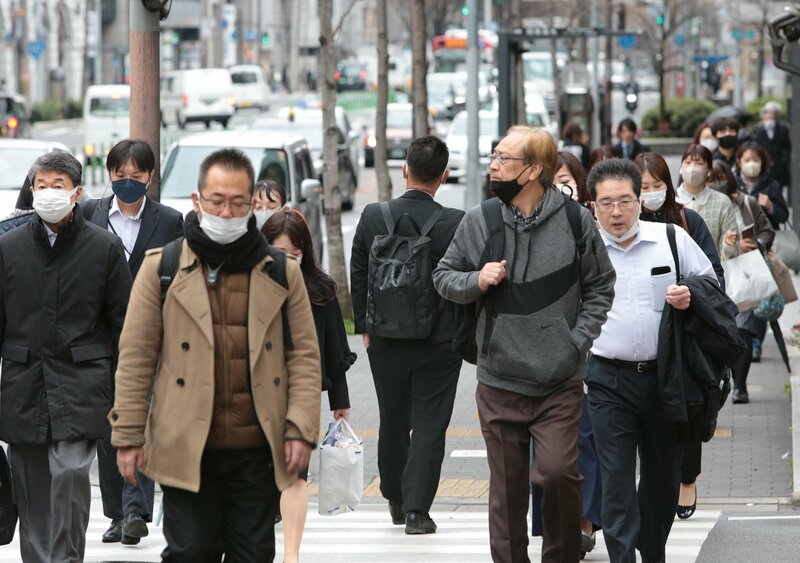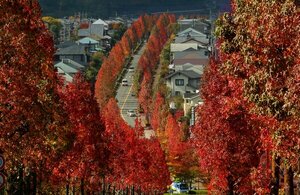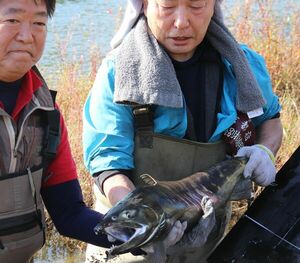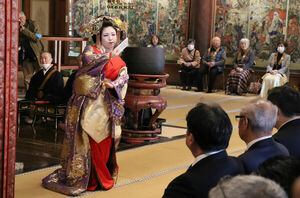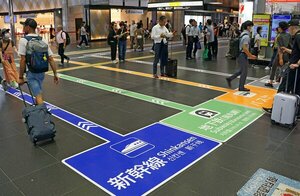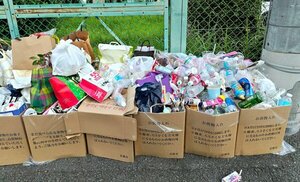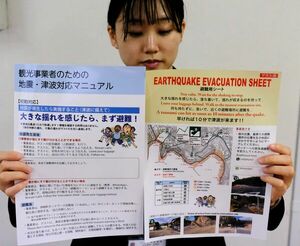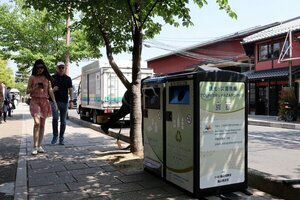On March 13, the standard for wearing masks to prevent coronavirus infection were changed to "individual judgment," regardless of whether the person is indoors or outdoors. However, few people were seen without masks in Kyoto City on the morning of the first day of the new guideline, and most were commuting or going to school with masks as usual. It will likely take some time before the "no-mask" policy becomes widespread.
The government had recommended, in principle, wearing masks indoors and taking them off outdoors, but it relaxed its policy from March 13, saying that it is up to individuals to decide whether or not to wear masks. In response, many entities have reviewed their policies including Kyoto City Bus and Subway and private train companies that no longer require passengers to wear masks.
On the other hand, many citizens wore masks at stations and on the streets of the city. A 64-year-old office worker from Nagaokakyo City, who was waiting at a traffic light at the Shijo-Karasuma intersection in Nakagyo Ward, said, "Many people are wearing masks, so it's hard to take them off. I think it will take time until everyone removes them." An 86-year-old man from Minami Ward walked around without a mask, because "with masks, it's difficult to hear what the other person says or see their facial expressions," but he said he would wear it on the train.
Government policy recommends that people wear masks when visiting medical institutions or facilities for the elderly and when riding crowded trains and buses, in order to prevent infection among those at high risk of developing serious illness. Students are basically not required to wear masks at school after April 1.
